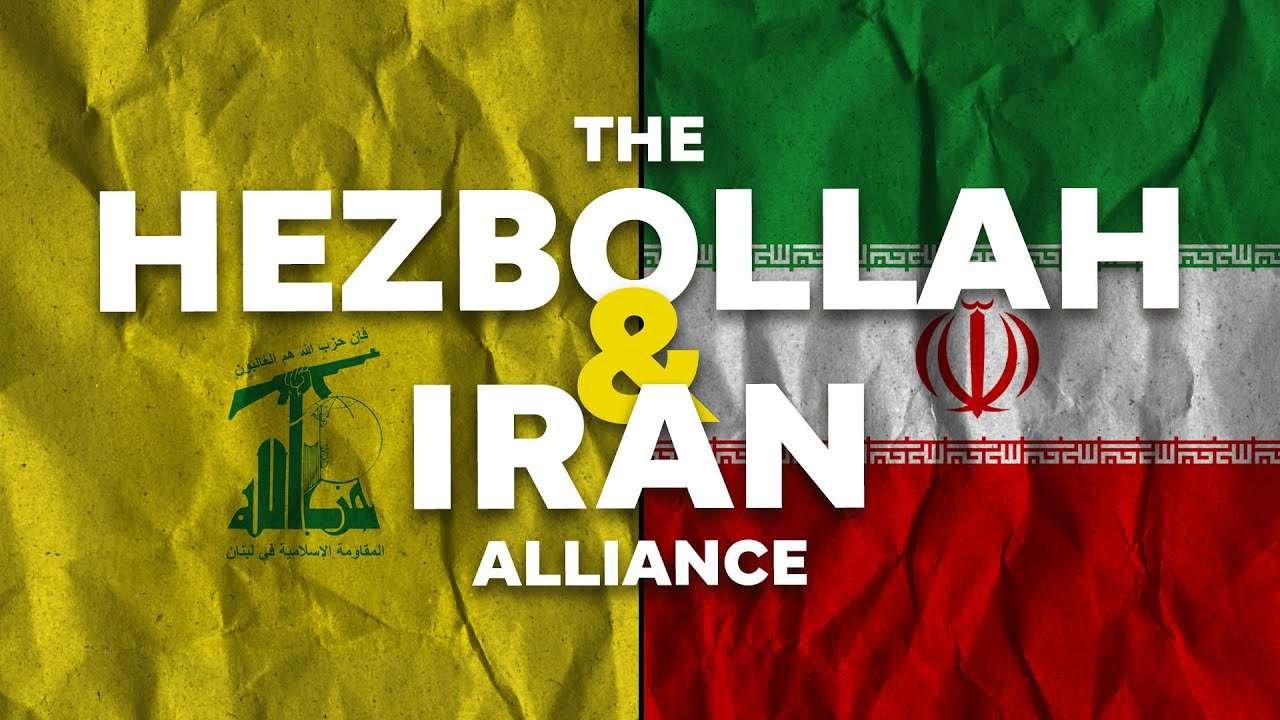Decoding Jewish Labels: Orthodox, Hasidic, Haredi, and Beyond
If you’ve ever been confused by terms like Orthodox, Hasidic, Haredi, or Ultra-Orthodox, you’re not alone. These labels describe various groups within Judaism, each with unique traditions, beliefs, and practices. Let’s break it down to clarify these distinctions and understand the vibrant diversity within Jewish communities.
The Foundation: Orthodox Judaism
At its core, Orthodox Judaism refers to Jews who adhere to the laws of the Torah as passed down through Jewish tradition. Orthodox Jews view these laws as divine, given by God at Mount Sinai. Their practices include observing the Sabbath (Shabbat), following kosher dietary laws, and upholding family purity rules.
Orthodox Jews come from all over the world, including the Middle East, North Africa, Bukhara, and Eastern and Central Europe.
Hasidic Judaism: A Spiritual Movement
A significant movement within Orthodox Judaism is Hasidism, which emerged in 18th-century Eastern Europe. The term “Hasidic” translates to “pious ones.” Hasidic Jews emphasize spirituality and joy in worship, often guided by a charismatic leader known as a Tzadik.
Each Tzadik leads a specific group or sect, usually named after the group’s place of origin, such as:
- Satmar
- Lubavitch
- Bobov
- Ger
While all Hasidic Jews are Orthodox, not all Orthodox Jews follow Hasidic traditions.
Yeshivish or Litvish: A Study-Centered Approach
Another group within Orthodox Judaism is the Yeshivish or Litvish community. These Jews focus on rigorous study of Jewish texts, particularly the Talmud, often in a Yeshiva (Jewish educational institution).
This tradition was especially strong in Lithuania, which is why its adherents are sometimes called Litvaks. Unlike Hasidim, Yeshivish Jews do not center their worship on a Tzadik but rather on intellectual engagement with Jewish law and teachings.
Modern Orthodox Judaism: Bridging Tradition and Modernity
Modern Orthodox Jews strive to integrate Orthodox Jewish practices with the secular world. They are typically more open to modern lifestyles, including higher education, professional careers, and broader engagement with non-Jewish communities.
This openness sets them apart from other Orthodox groups, leading to some confusion in categorization.
Haredi Judaism: An Umbrella Term
The term Haredi (often translated as “Ultra-Orthodox”) serves as an umbrella for non-Modern Orthodox Jews, encompassing:
- Hasidic Jews
- Yeshivish Jews
- Sephardi Orthodox Jews (Jews from Middle Eastern or North African backgrounds who adhere to similar strict traditions)
While “Ultra-Orthodox” is a commonly used term, some find it offensive or reductive, as it may not fully capture the nuance of Haredi communities.
Recap: Understanding the Layers
To summarize:
- Judaism: The broader religion.
- Orthodox Judaism: A subset of Jews adhering strictly to Torah laws.
- Modern Orthodox Judaism: A subgroup integrating tradition with modernity.
- Haredi Judaism: An umbrella term for stricter Orthodox Jews, including:
- Hasidic Jews: Spiritual, sect-based communities.
- Yeshivish Jews: Study-focused communities.
- Sephardi Orthodox Jews: Tradition-rich Jews from Middle Eastern or North African regions.
A Personal Perspective
As someone from the Satmar Hasidic community—a sect within Haredi Judaism—I’ve lived the values and practices that define these groups. While labels can be useful for understanding, they often oversimplify the rich, layered tapestry of Jewish life.
Now, the next time you hear terms like “Hasidic,” “Haredi,” or “Modern Orthodox,” you’ll have a clearer sense of what they mean and the diversity they represent.
Did you find this guide helpful? Share your thoughts or questions in the comments below!










